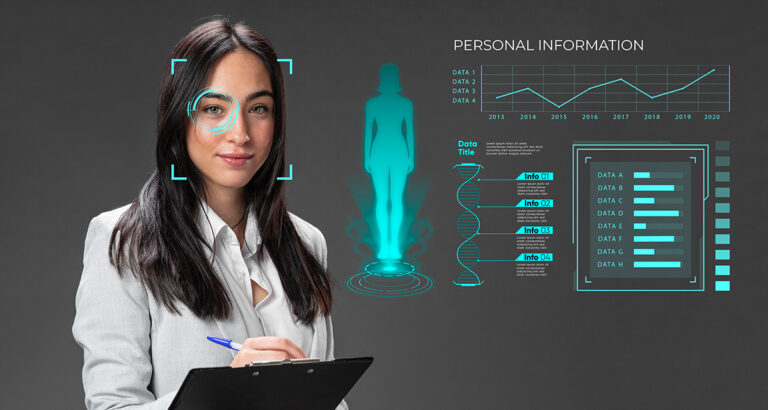Artificial intelligence (AI) has rapidly become one of the most discussed technologies in healthcare, promising to revolutionize how decisions are made across clinical settings. From diagnostic support and imaging interpretation to risk prediction and workflow optimization, AI tools are being integrated into daily practice at an unprecedented pace. Yet, with the excitement comes a necessary dose of scrutiny. While AI holds tremendous potential to enhance clinical decision-making, it is equally important to differentiate between genuine innovation and inflated expectations. For healthcare professionals, the challenge lies in understanding how AI actually works, where it offers real value, and where the current limitations demand caution.
At its core, AI in healthcare refers to computer algorithms—often powered by machine learning or deep learning—that are trained on large datasets to identify patterns, make predictions, or suggest actions. In clinical decision-making, these algorithms can assist in diagnosing diseases, recommending treatments, predicting patient deterioration, or identifying adverse drug interactions. One of the most well-established areas is radiology, where AI systems now aid in detecting abnormalities in chest X-rays, mammograms, and CT scans with remarkable accuracy. In dermatology, ophthalmology, and pathology, similar tools are being developed and validated, offering support in the early detection of cancers, diabetic retinopathy, and other complex conditions.
Despite these advances, AI is not magic—it is a tool that reflects the quality, diversity, and scope of the data it is trained on. An algorithm trained on a homogeneous patient population may underperform when applied to a different demographic. For instance, several early AI models in dermatology were found to be less accurate when diagnosing skin conditions in patients with darker skin tones, simply because the training datasets lacked adequate representation. This highlights one of the key limitations of current AI systems: bias and generalizability. If left unaddressed, these issues could exacerbate existing health disparities rather than resolve them.
Another concern is the “black box” nature of many AI algorithms, particularly those built on deep learning architectures. While such systems can produce highly accurate results, they often lack transparency in how decisions are made. For clinicians trained to base decisions on clear, evidence-based reasoning, relying on an opaque AI-generated output can be unsettling. This creates challenges for accountability and informed consent—after all, if a patient is harmed due to an AI-assisted decision, who bears responsibility: the clinician, the developer, or the institution?
Nevertheless, when thoughtfully implemented, AI can be a valuable adjunct rather than a replacement to human expertise. For example, in intensive care units, AI-based early warning systems are being used to monitor vital signs and lab results in real time, flagging patients at high risk of sepsis or cardiac arrest. These systems don’t make decisions autonomously but serve as a second set of eyes, enabling faster response times and more proactive care. Similarly, in oncology, AI is being used to integrate genomic data, imaging, and clinical records to recommend personalized treatment pathways. These tools empower clinicians to make more informed, data-rich decisions, especially in complex cases where multiple factors must be considered simultaneously.
Importantly, the integration of AI into decision-making must be accompanied by rigorous clinical validation. Before deployment, algorithms should be tested in diverse, real-world settings to assess performance across age groups, ethnicities, comorbidities, and care environments. Post-deployment, ongoing monitoring is essential to detect any drift in performance or unintended consequences. Regulatory bodies such as the FDA are beginning to define pathways for the evaluation of clinical AI tools, but standards are still evolving. For healthcare professionals, this means that critical thinking remains paramount: AI should be viewed as a complement to, not a substitute for, clinical judgment.
Another promising development is the increasing emphasis on explainable AI (XAI), which seeks to make algorithmic outputs more interpretable. Efforts are underway to design models that can highlight the reasoning behind a recommendation—such as identifying which features in a CT scan triggered a malignancy alert—thus helping clinicians understand and trust the tool. This is particularly important in shared decision-making, where both providers and patients need to feel confident in the rationale behind any proposed course of action.
Looking forward, AI’s role in clinical decision-making is expected to grow, especially as electronic health records, wearable data, and genomic information become more integrated and accessible. AI has the potential to lighten administrative burdens, reduce diagnostic errors, and personalize care in ways previously unimaginable. However, its success depends not only on technological prowess but on thoughtful implementation, continuous evaluation, and a commitment to equity and ethics.
In conclusion, AI in clinical decision-making is neither a panacea nor a passing trend. It is a powerful tool that, when used responsibly, can enhance the precision, efficiency, and effectiveness of patient care. But the human clinician remains irreplaceable—not just as a diagnostician or prescriber, but as a critical thinker, communicator, and ethical steward. As AI continues to mature, the most successful healthcare systems will be those that strike the right balance between human expertise and machine intelligence, ensuring that technology truly serves the needs of patients and providers alike.





